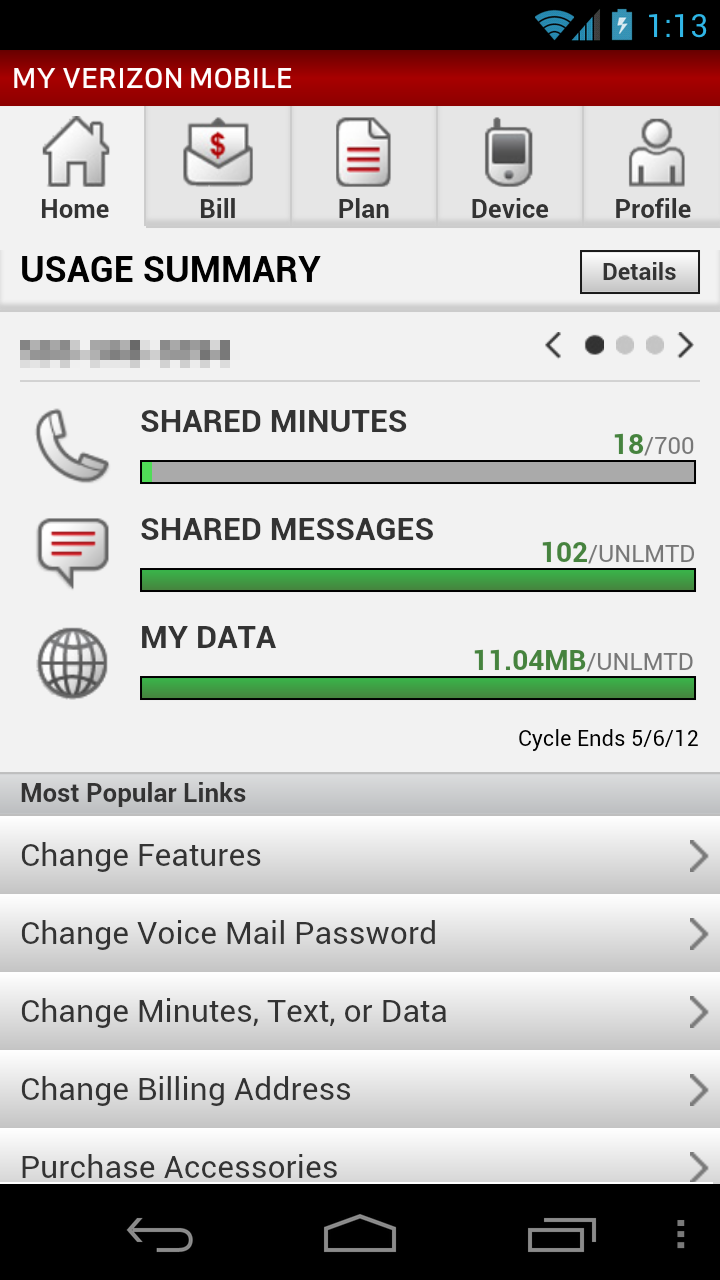

So 10 packet loss is a lot but out of 10 packets, it’s not very significant. In this case, we lost 1 packet out of the 10 that were sent, resulting in a packet loss rate of 10. However, the first thing to look at is the number of packets that have been sent (Snt column).
#VERIZON 1 HOP TRACEROUTE FREE#
Here’s the modified tcpdump command and filter expression:Feel free to skip this section, it’s not required for the examNow let’s see how things look using ICMP Echo Response messages instead (a different source host is used). In this example, a loss of 10 at hop 2 is quite significant. After doing a few trace route tests, I found that the issue lies with my connection to my ISP (Verizon Wireless). For the name f1.FF-SALE.COM, yes it is a DNS name associated to the IP 103.224.19.11. Now let’s see how things look using ICMP Echo Response messages instead (a different source host is used). No matter the destination, it always shows upstream gateway as the final hop. Since in your case, it is higly unlikely, that means you probably have a proxy that respond in place of the real host. I noticed that Verizon is now intercepting and breaking traceroute (on Windows) and mtr. Let me know how I go about remedying the situation. As explained by Jens Link, usually a one-hop traceroute means the host is on the same network. ICMP traceroute with initial TT元: traceroute -I -f 3 8.8.8.8. The traceroute then proceeds but lack the first two hops (your home router, Verizon's first hop router). I expect the display of results to show every hop, or timeout. This results in Verizon's first hop seeing TTL2 (one decremented by your home router). I am responsible for monitoring the server for hacks and I keep getting a status server dump. 1) is cascaded off that via a lan - wan connection with the verizon router being 192.


 0 kommentar(er)
0 kommentar(er)
